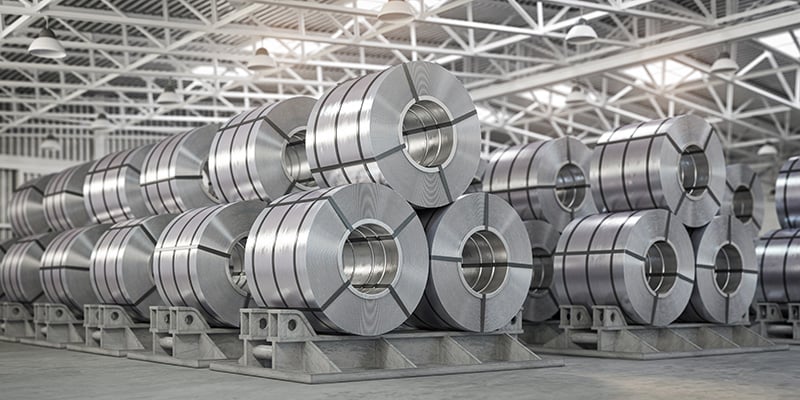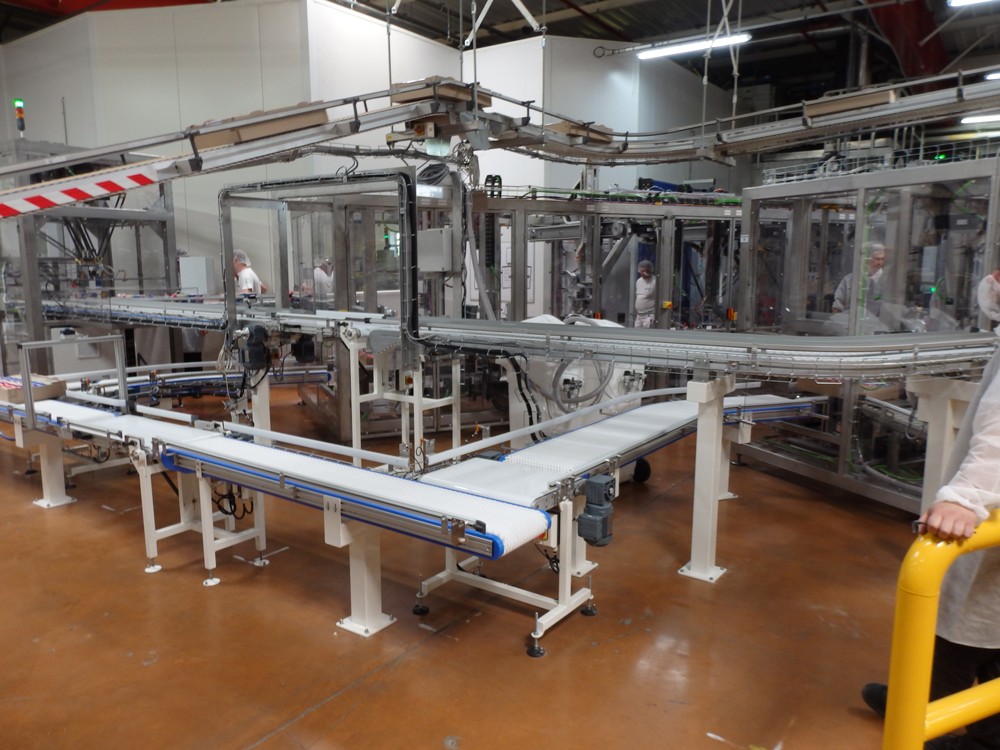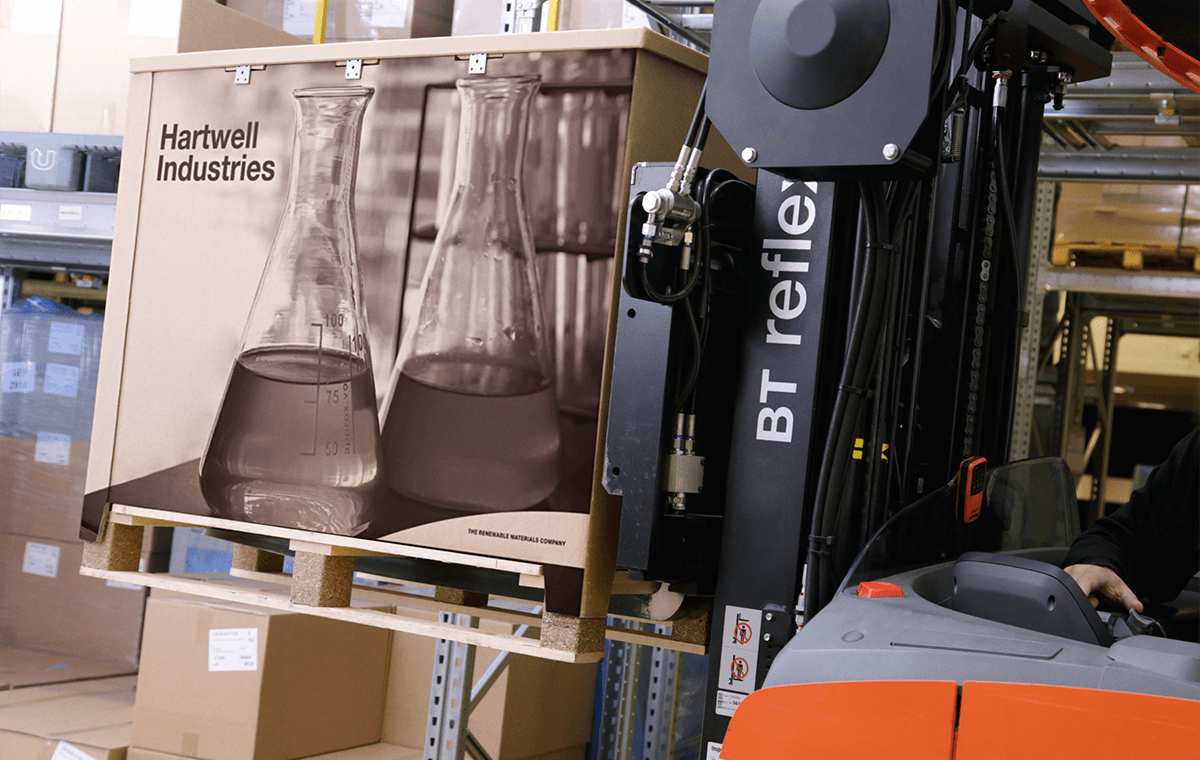Bulk Container Recycling Initiatives: Sustainably Navigating Sector
Bulk Container Recycling Initiatives: Sustainably Navigating Sector
Blog Article
Efficient Industrial Recycling Solutions for Lasting Packaging: A Comprehensive Guide
That's where this extensive guide on efficient industrial recycling remedies for sustainable packaging comes in. By discovering essential locations such as product packaging material option, creating for recyclability, carrying out reusing framework, teaming up with reusing companions, and tracking and gauging recycling success, this guide will certainly outfit you with the understanding and tools essential to make informed decisions and drive favorable change within your organization. Whether you're a packaging professional, sustainability supervisor, or just interested in the topic, this overview will give important insights and methods to aid you browse the world of lasting packaging.
Product Packaging Product Selection
The choice of product packaging products plays a critical role in ensuring the sustainability of commercial recycling options. The option of materials is key in decreasing environmental effect and taking full advantage of recycling efficiency when it comes to lasting packaging. Selecting the right materials can help minimize waste generation, preserve sources, and advertise a round economy.
One important factor to take into consideration in product packaging material selection is recyclability - industrial packaging solutions. Materials that can be easily recycled and incorporated back into the manufacturing cycle are chosen. For example, products like cardboard, paper, glass, and particular kinds of plastics can be recycled multiple times without shedding their quality. On the various other hand, products that are hard to recycle, such as non-recyclable composites or combined plastics, can produce difficulties for the recycling procedure and may wind up in landfills or burners.
Another consideration is using eco-friendly and renewable products. Packaging made from sustainable resources, such as plant-based plastics or biopolymers, can help reduce reliance on nonrenewable fuel sources and alleviate environment adjustment. In addition, naturally degradable products damage down naturally over time, reducing the build-up of waste in land fills.
Moreover, the weight and quantity of product packaging materials need to be lessened to minimize transportation prices and energy usage. Lightweight materials not only call for fewer sources throughout manufacturing however also add to decrease carbon exhausts throughout transportation.
Creating for Recyclability
Packaging developers need to prioritize the usage of products that are widely approved for recycling and have developed recycling frameworks. Materials such as glass, aluminum, and particular kinds of plastic, like Pet dog and HDPE, are typically reused and must be chosen over materials that are pricey or hard to reuse.
Another important consideration in designing for recyclability is the removal of unnecessary components or materials. By reducing the number of layers, layers, and extra parts, packaging can be made simpler and less complicated to recycle. Additionally, designers need to intend to decrease the use of blended products, as they can make complex the reusing procedure.

Implementing Recycling Infrastructure
Reliable application of reusing framework is vital for the success of commercial reusing remedies. Without appropriate facilities in position, the recycling procedure becomes inefficient and inefficient, impeding the total goal of lasting packaging.
To execute reusing infrastructure successfully, a number of essential aspects need to be considered. To start with, there must be an efficient collection system that assists in the separation and collection of recyclable products. This can include assigned recycling bins in public rooms, along industrial packaging solutions with collaborations with waste management firms for curbside pick-up and sorting.
When collected, the recyclable materials require to be transported to recycling centers in a timely manner. This requires efficient logistics and transportation see this here networks, ensuring that the products get to the proper centers without hold-up.
At the reusing centers, progressed sorting and handling modern technologies ought to be in location to divide various kinds of materials successfully. This consists of the use of automated arranging machines, optical scanners, and hand-operated sorting methods.
In addition, there must be a robust market need for recycled materials. This can be achieved with collaborations with suppliers and markets that use recycled products in their manufacturing processes. Producing a steady market for recycled products incentivizes the reusing market and promotes the circular economy.
Working Together With Recycling Allies

One trick facet of collaborating with recycling partners is the facility of clear interaction networks. It is necessary to develop open lines of interaction to assist in the exchange of details, updates, and responses. This permits both events to remain informed about the progress of reusing campaigns and address any type of difficulties or issues that might emerge.
Additionally, partnership can involve collaborations in executing and developing reusing programs. Recycling companions can provide important insights and guidance in creating effective collection systems and establishing one of the most suitable recycling technologies. By interacting, businesses and recycling companions can maximize the reusing procedure and reduce waste.
Moreover, cooperation can prolong beyond the functional aspects of recycling. It can additionally incorporate campaigning for and education campaigns. By joining pressures, businesses and reusing partners can elevate awareness concerning the relevance of reusing and advertise the adoption of sustainable product packaging practices amongst consumers and various other stakeholders.
Monitoring and Measuring Recycling Success
To make certain the efficiency of industrial reusing options and the success of sustainable product packaging goals, it is essential for organizations and their recycling partners to develop an extensive system for tracking and determining reusing success look at these guys (processing company). Tracking and measuring recycling success allows services to analyze the impact of their reusing initiatives, identify areas for enhancement, and established meaningful targets for future progress
One method to track recycling success is with the usage of data collection and analysis tools. By collecting data on the quantity of product packaging waste generated, the percentage of waste that is recycled, and the types of products being reused, businesses can acquire important insights into their reusing performance. This data can then be evaluated to identify trends, patterns, and areas of inadequacy.
Another important aspect of tracking and gauging reusing success is establishing clear and standardized metrics. This permits organizations to contrast their efficiency versus market benchmarks and track their progress over time. Metrics such as recycling rates, waste diversion prices, and greenhouse gas exhausts can supply a quantitative action of a company's recycling success.

Final Thought
To conclude, executing efficient industrial recycling options for lasting packaging calls for cautious consideration of product packaging material option, making for recyclability, executing recycling infrastructure, teaming up with reusing partners, and monitoring and measuring reusing success. By integrating these practices, organizations can add to an extra environmentally-friendly and lasting method to product packaging, decreasing waste and advertising the circular economic situation.
By exploring vital areas such as product packaging material option, developing for recyclability, applying recycling facilities, collaborating with reusing companions, and tracking and determining reusing success, this overview will certainly equip you with the understanding and devices necessary to make enlightened decisions and drive favorable adjustment within your organization. Packaging designers must focus on the usage of materials that are commonly approved for recycling and have developed reusing facilities.Partnership with reusing partners is necessary for the successful application of commercial reusing solutions and the achievement of lasting packaging goals. By joining forces, services and recycling partners can increase understanding regarding the value of reusing and promote the fostering of sustainable packaging practices amongst customers and other stakeholders.
By accumulating data on the quantity of product packaging waste created, the portion of waste that is recycled, and the kinds of products being reused, organizations can obtain beneficial understandings right into their recycling performance.
Report this page